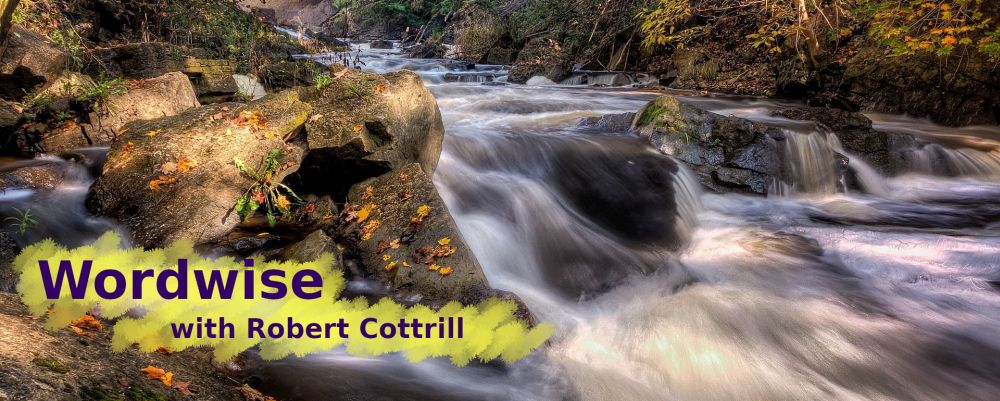Little Is Much When God Is in It
Words: Kittie Louise Jennett Suffield (b. Sept. 16, 1884; d. Oct. 2, 1972)
Music: Kittie Louise Jennett Suffield
Note: In the Wordwise link below, there are some interesting stories regarding this 1924 song, and the life and ministry of Mr. and Mrs. Suffield.
(Stanza numbers in brackets below refer to the stanza number in The Cyber Hymnal. Find the link at the bottom of the article.)
In the Word of God, it isn’t difficult to find illustrations and examples of the little-is-much principle. It’s a reminder that when God is with us, and we are in His will, small and even insignificant resources can accomplish great things. And, of course, the Lord delights to use such things to accomplish His purpose. The weaker we are, the greater the glory that will redound to Him. For example:
¤ Moses’ rod, used when he was tending sheep, later wielded at the command of the Lord accomplished the deliverance of Israel, and the provision of water in the wilderness (Exod. 4:2; 14:15-16; 17:6).
¤ Gideon’s force of three hundred men defeated a huge army of 135,000 Midianites (Jud. 7:19–8:10).
¤ One stone shot from David’s sling defeated a seemingly invincible giant, and caused the whole army of the Philistines to flee (I Sam. 17:49-51).
¤ In the book of Esther, in the providence of God, a beauty contest and a king’s insomnia were used to preserve the people of Israel (Est. 2:3-4; 6:1-10).
¤ In the hands of Jesus, one boy’s lunch fed 5,000 men, plus women and children (Mk. 6:32-44).
In each case, these examples represent common everyday things, which the intervention of God turned into something extraordinary. That is the thrust of Kittie Suffield’s gospel song. That the Lord takes ordinary people, and the resources they have–though weak and inadequate in human assessment, and works in and through them, for His glory and the greater good of all.
The natural corollary of that–the other side of the coin– is that there is “a work for all to do” in God’s harvest field (1). No one can say they’re useless to the Lord. And Mrs. Suffield addresses the problem of living in a small, out-of-the-way location. In Canada, 6.5 million people (19% of the population) live in small rural communities. But the people there still need the Lord!
(3) Does the place you’re called to labour
Seem too small and little known?
It is great if God is in it,
And He’ll not forget His own.
Little is much when God is in it!
Labour not for wealth or fame.
There’s a crown—and you can win it,
If you go in Jesus’ name.
Another group that worries about not being able to serve the Lord is the elderly, and those who are shut-in and less mobile than perhaps they used to be. Being out and about is difficult, if not impossible for them. Teaching a Sunday School class, or singing a solo in church is beyond them. But what about the ministry of prayer? How much those on the front lines of ministry need the support of faithful prayer warriors. That is a great service for God.
(4) Are you laid aside from service,
Body worn from toil and care?
You can still be in the battle,
In the sacred place of prayer.
There is a great day coming when the Lord Jesus will call the saints into His presence, and reward them for faithful service. How wonderful, in that day, to hear His “well done” Perhaps, in that day, some work that has received public attention and acclaim will not receive as great a reward as a more obscure service, faithfully performed.
I can recall being with a friend one time, when an older gentleman walked by–one I knew slightly. My friend said, “There goes one of the princes of the earth.” Why? What had he done? He had lovingly cared for his sick and disabled wife over many years, and sacrificed greatly to fill their home with the love of Jesus. That was news to me! I hadn’t heard about it. But God knew, and will honour him for it at Christ’s return.
(5) When the conflict here is ended
And our race on earth is run,
He will say, if we are faithful,
“Welcome home, My child; well done!”
Questions:
- Can you think of common or simple things in your own life that could be used for the Lord in some special way?
- Are there men or women in your acquaintance who are serving the Lord faithfully in some way that is little known by most?
Links:
- 16 September 1884 – Kitty Suffield Born
- Little Is Much When God Is In It (The Cyber Hymnal)

